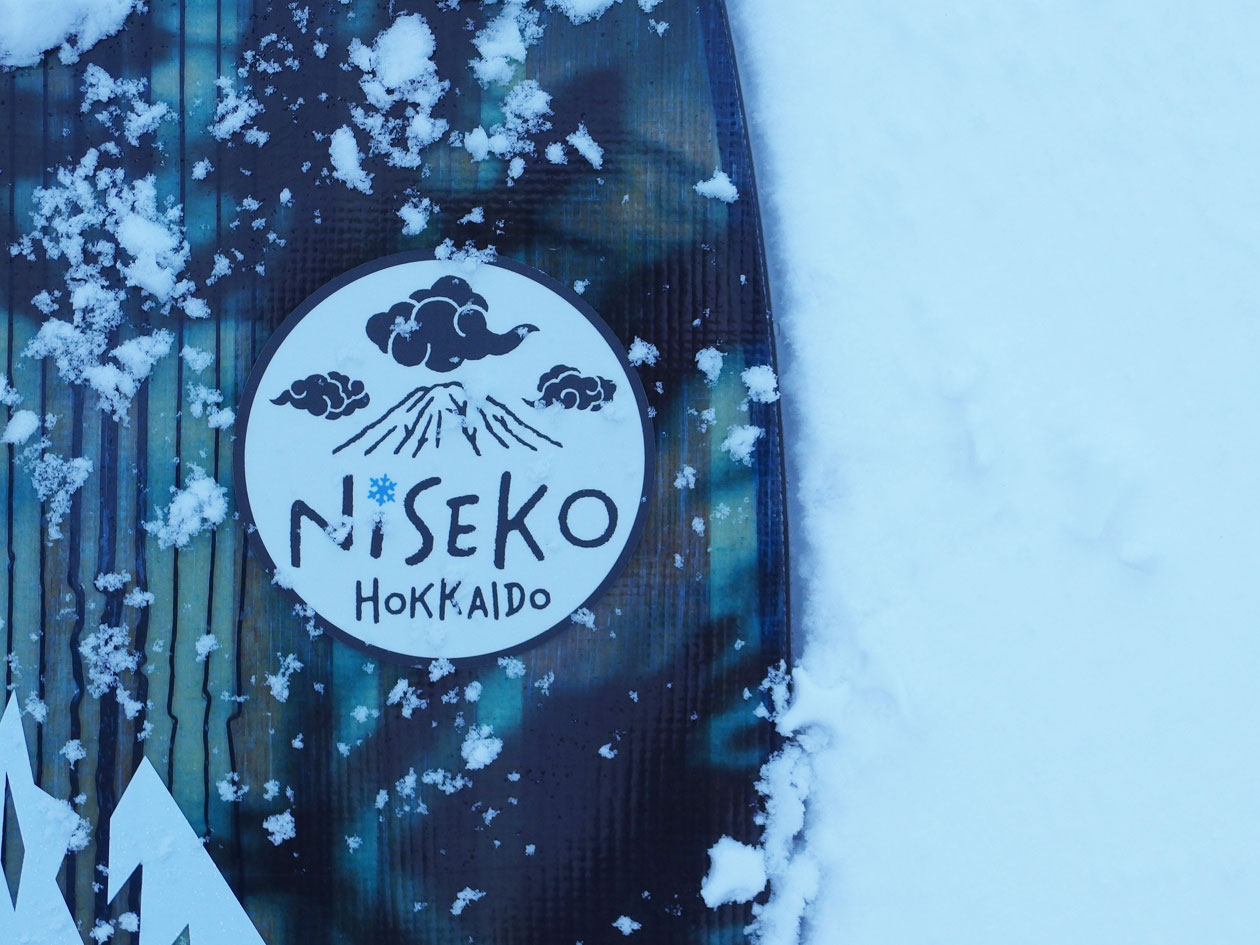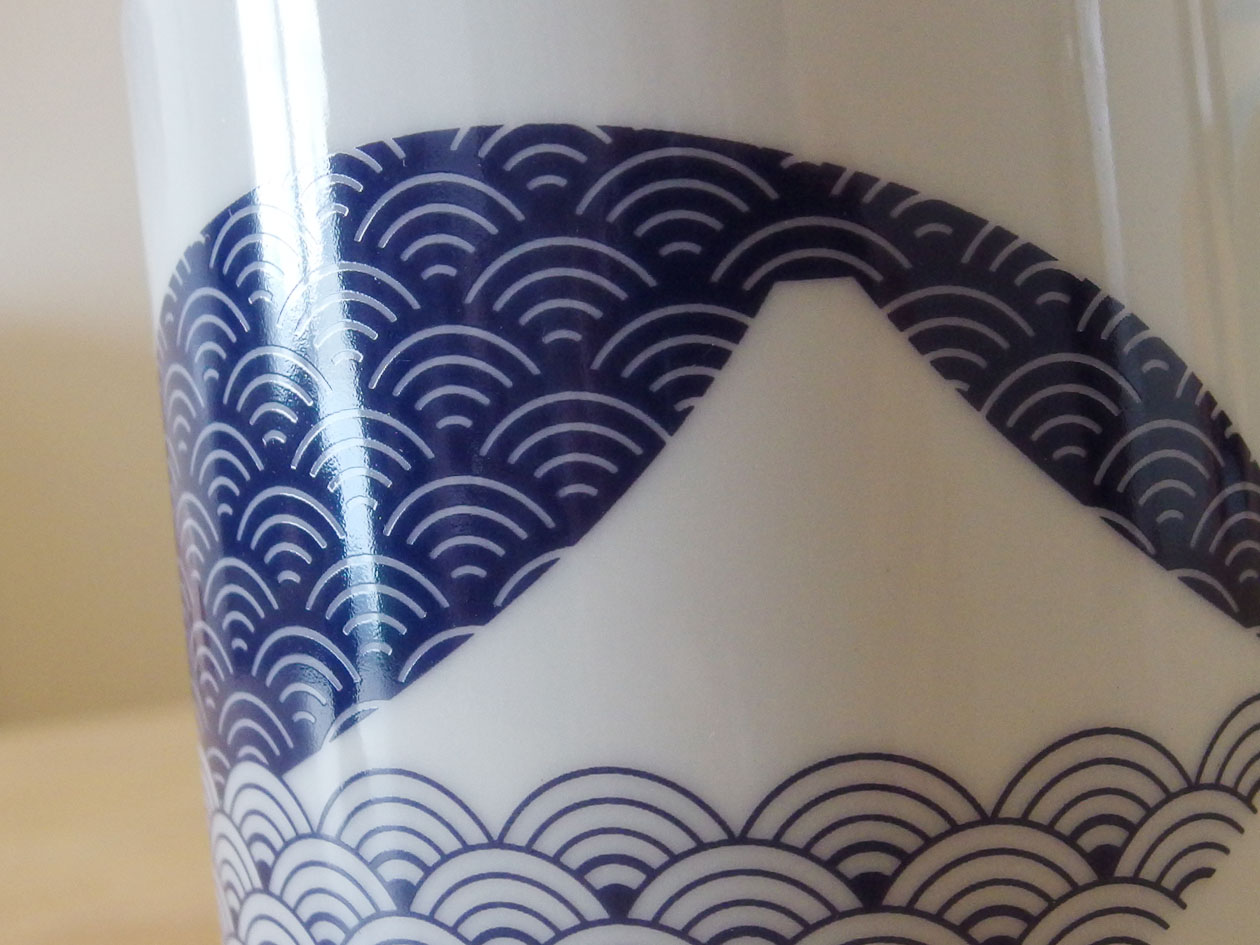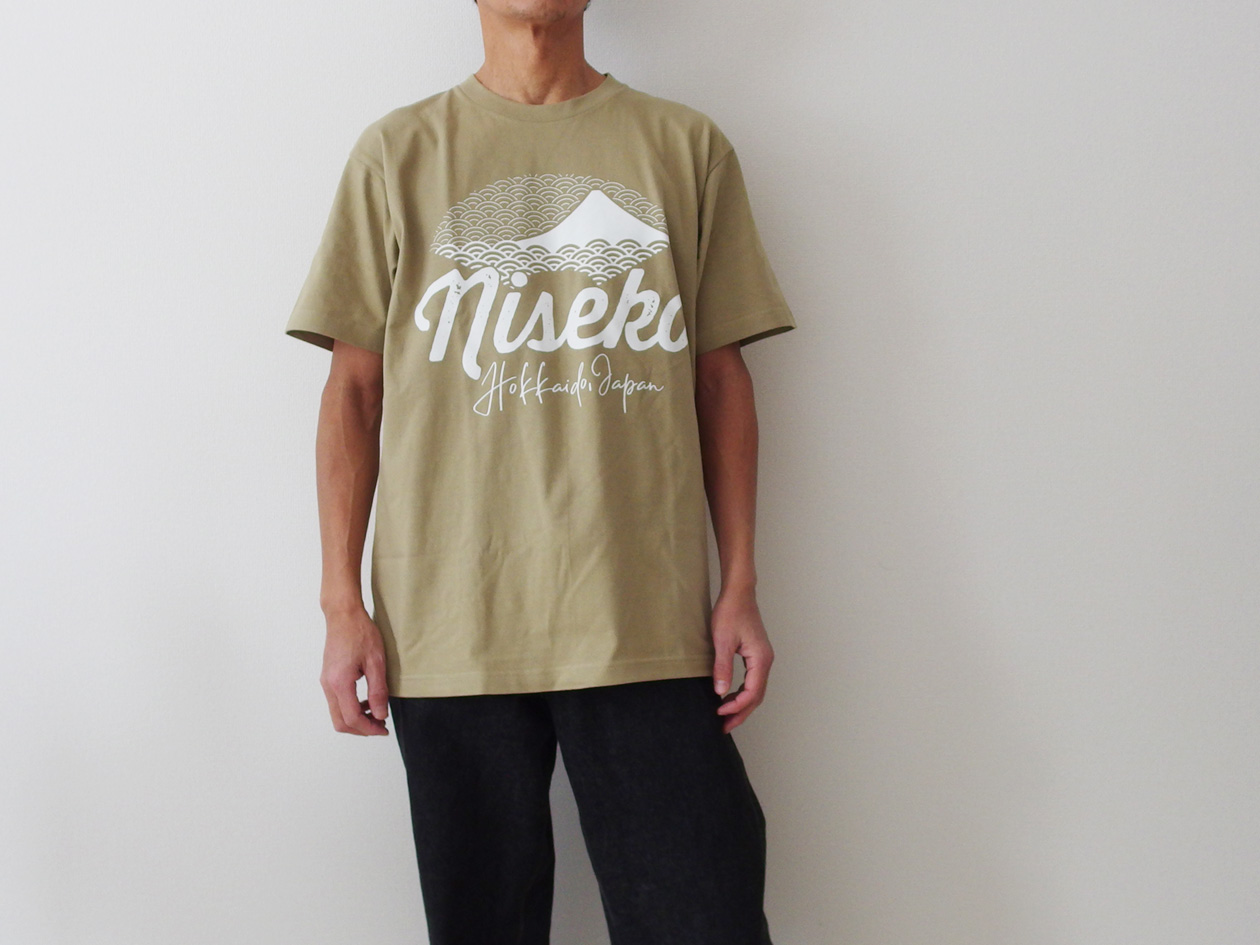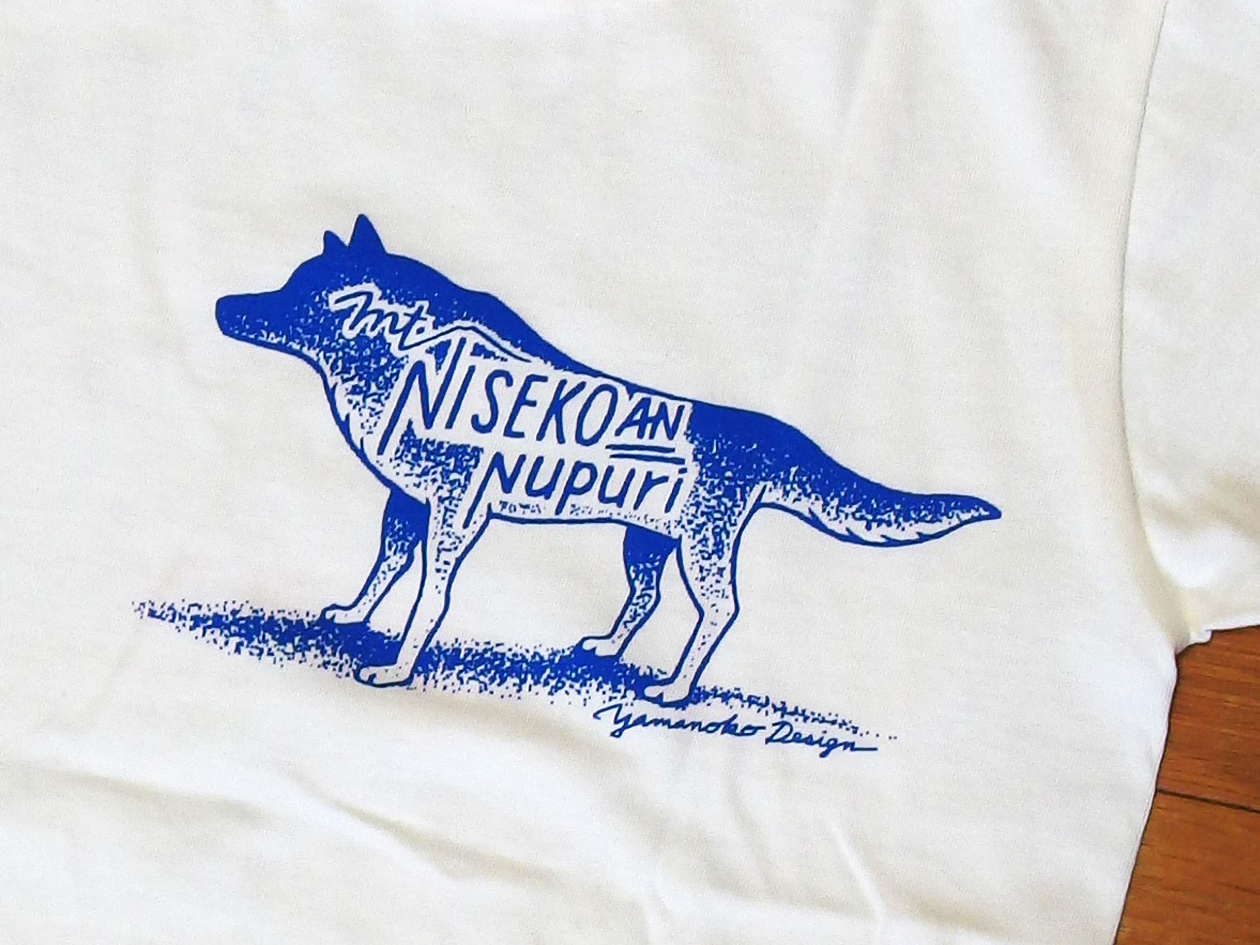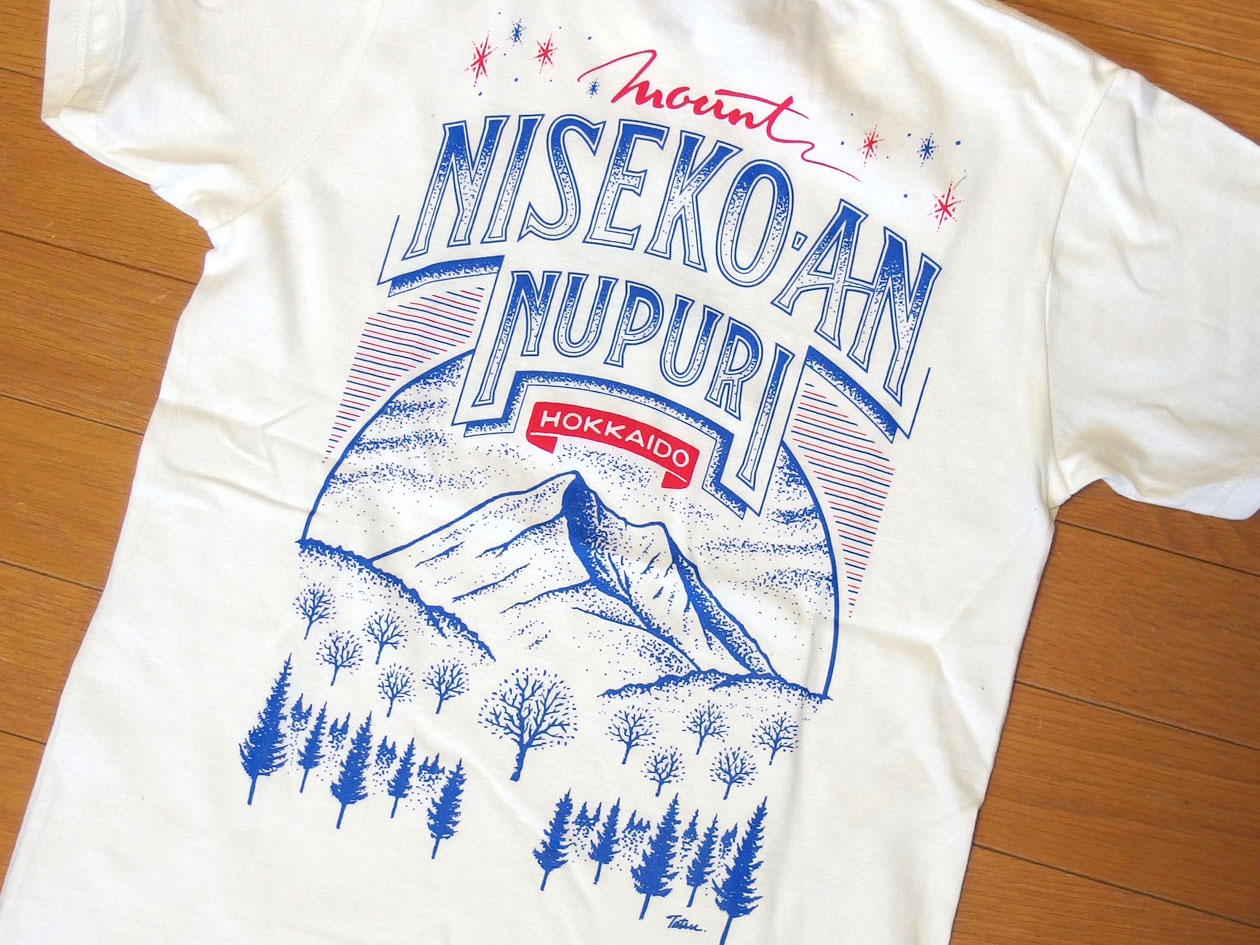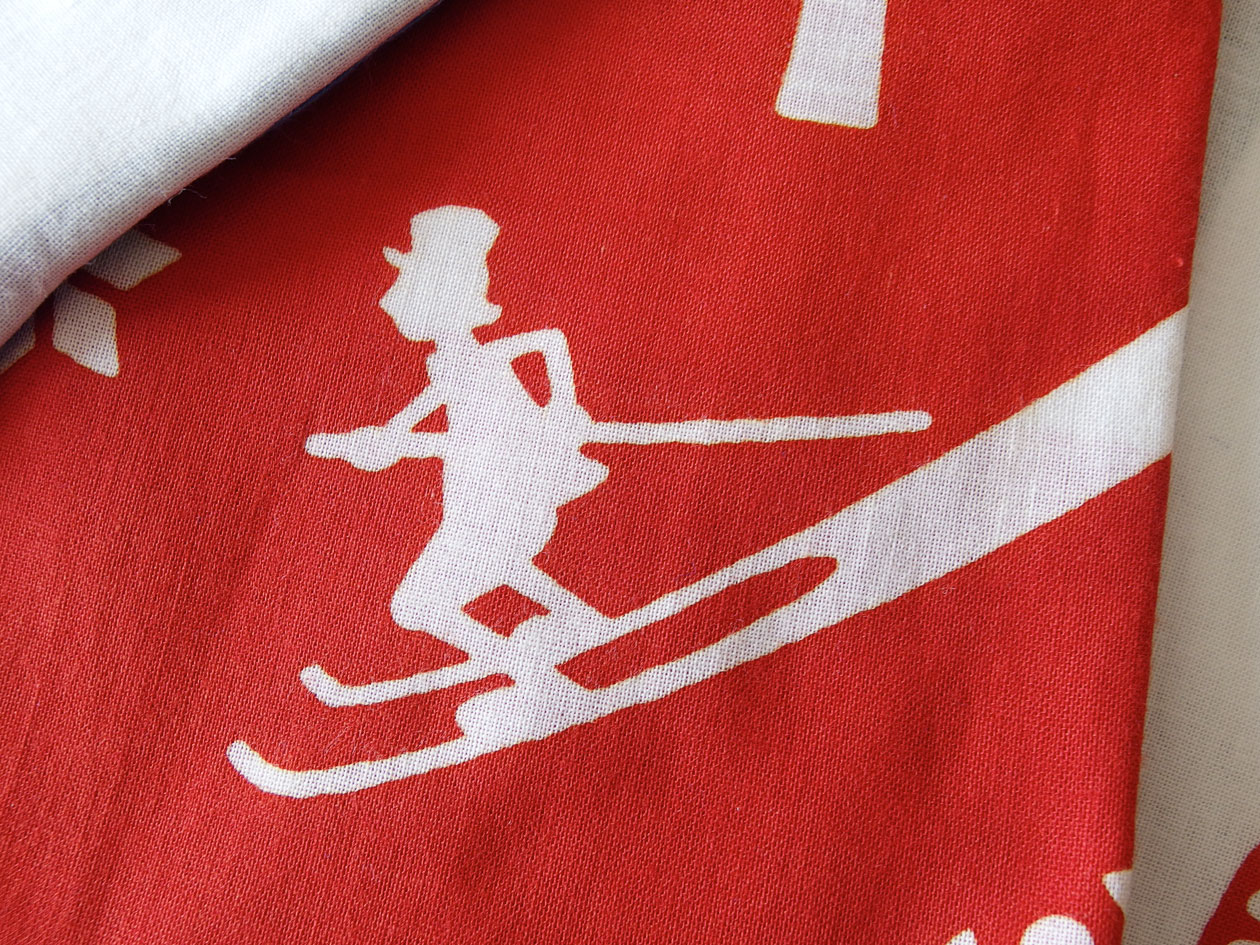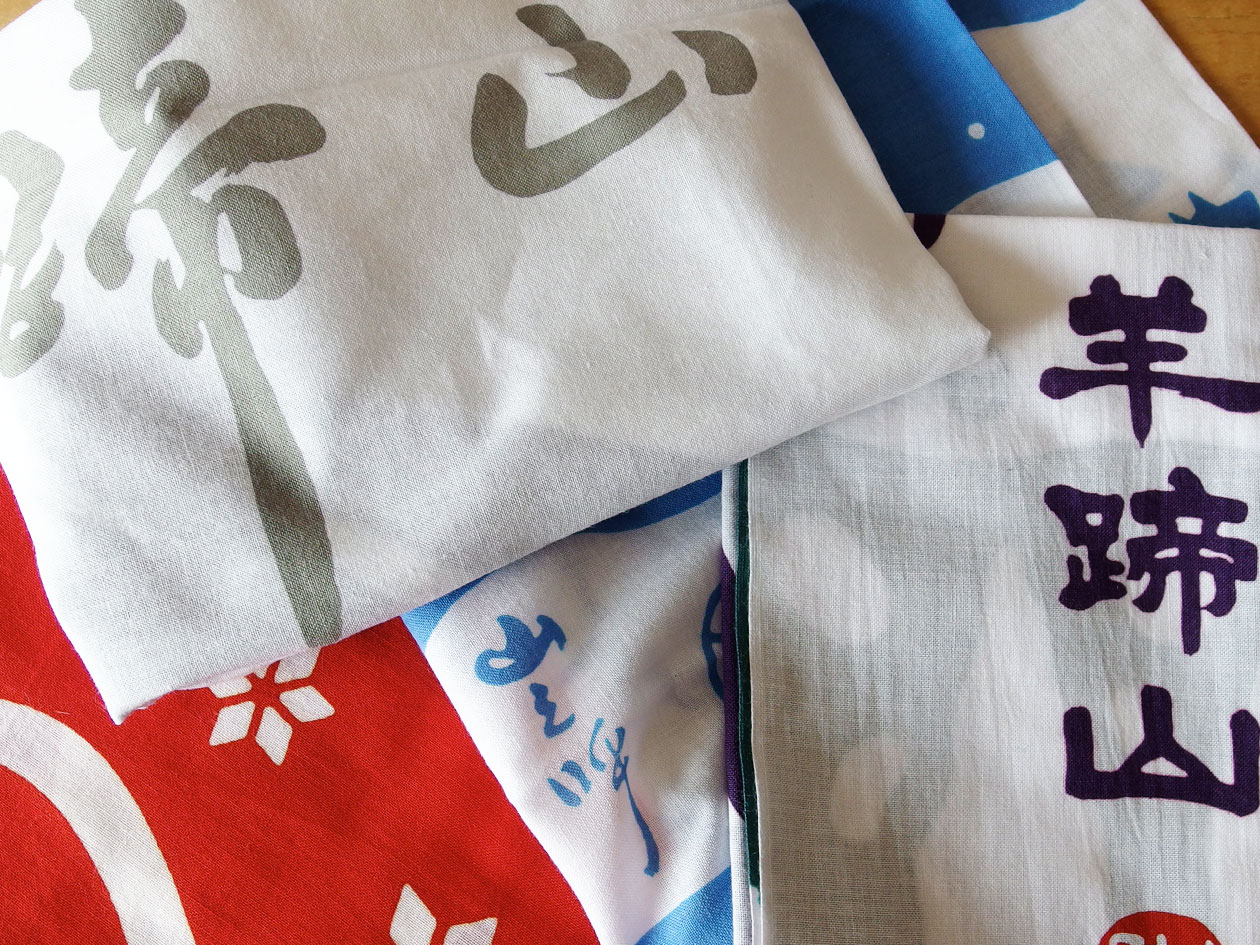Zuiun
Zuiun is a natural phenomenon that clouds are colored by the sun when they pass nearby. Ancient people think that as an omen before a good thing occurs. In Japan, we use this pattern for Kimono and Obi as a fortunate pattern. A single peak mountain, Mt. Yotei is covered by clouds very often. Drew that mountain’s character using Zuiun.
